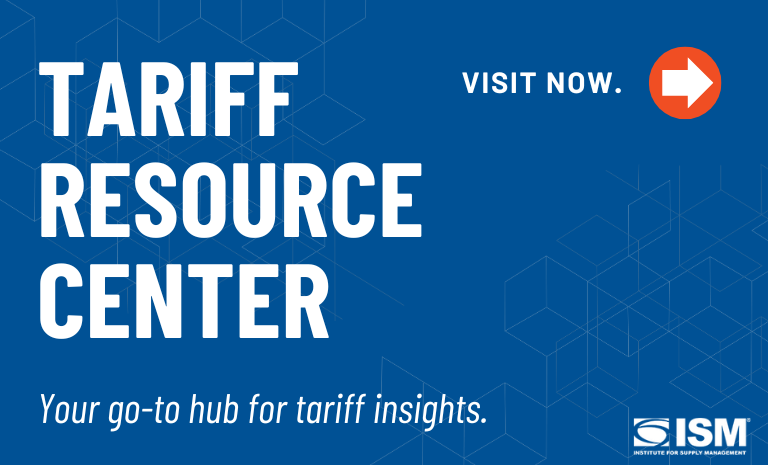The De Minimis Factor: E-Commerce and Buying Habits Likely to Change

E-commerce retailers, consumers and carriers alike with be impacted by the suspension of the de minimis rule, set to take effect August 29.
De minimis is commonly used in e-commerce, which has enjoyed skyrocketing sales due to consumers’ ability to get anything from anywhere, often at a great price and often with free shipping, says Nick Baker, managing director, trade and customs practice at Kroll global risk and advisory solutions in Houston.
The de minimis tax exemption, according to the National Foreign Trade Council in New York, is a law that has allowed “shipments bound for American businesses and consumers valued under US$800 (per person, per day) to enter the U.S. free of duty and taxes.”
On July 30, President Donald Trump signed an executive order “suspending duty-free de minimis treatment for low-value shipments, closing the catastrophic loophole used to, among other things, evade tariffs and funnel deadly synthetic opioids as well as other unsafe or below-market products that harm American workers and businesses into the United States,” a White House fact sheet states.
The rule’s suspension will impact:
Consumers. People are going to become much more aware of their buying habits, Baker says, as well as the total cost of buying something from overseas online. In the future, when they see the price for a widget or article of clothing, they are going to consider the all-in cost — item, taxes, duties and shipping — he says.
They also will likely do more comparison shopping, to get the best price and to ensure it’s something they really want.
E-commerce. That said, e-commerce purchases may fall, at least initially. “It will take a little bit of time for consumer behavior to respond, but I think the cost increase for goods is not going to be immaterial, particularly when the one of the main drivers of e-commerce is bargain shopping,” Baker says.
Additionally, he predicts there will be fewer impulse purchases on popular websites, like TikTok or Instagram.
Cottage industries that have popped up over the past few years also may suffer. “There are companies whose entire business model is setting up warehouses just south of California in Baja Sur, Mexico or British Columbia to serve the U.S. e-commerce market” and capitalize on the de minimis rule, Baker says.
Still, without the benefit of de minimis, e-commerce retailers may still be able to absorb the duties and make a profit. Generally, a keystone markup is common in retail, where the e-retailer buys an item at wholesale and doubles the price when selling.
“Let’s say I’m buying an item for a dollar at wholesale and paying tariffs on the dollar,” Baker says. “Assuming I’ve got good inventory control and supply and demand projections, I will generally be OK at that $2 price point. It might go up to $2.05, but I’m able to absorb the tariffs on bulk wholesale commercial purchases.”
This could result in fewer product choices being available: If there isn’t a lot of demand for a product, an e-commerce retailer might not be willing to pay the duty on it as well as inventory charges to keep it in stock. “Any major consumer goods retailer who services a pretty broad customer demand (could experience this),” Baker says.
Carriers. Express carriers like FedEx, UPS and DHL will experience volume changes. “I think we’re going to see a drastic drop in e-commerce-type shipments,” Baker says. “So, the volume will initially go way down. However, people are not going to stop buying cheap jeans online or house goods.”
The borders. “We’ve seen an explosion in e-commerce — U.S. Customs and Border Protection processes about a billion and a half e-commerce shipments per year,” Baker says. “I’d be scared to guess how that will be impacted short term and long term, but there’s going to be some disruption.”

